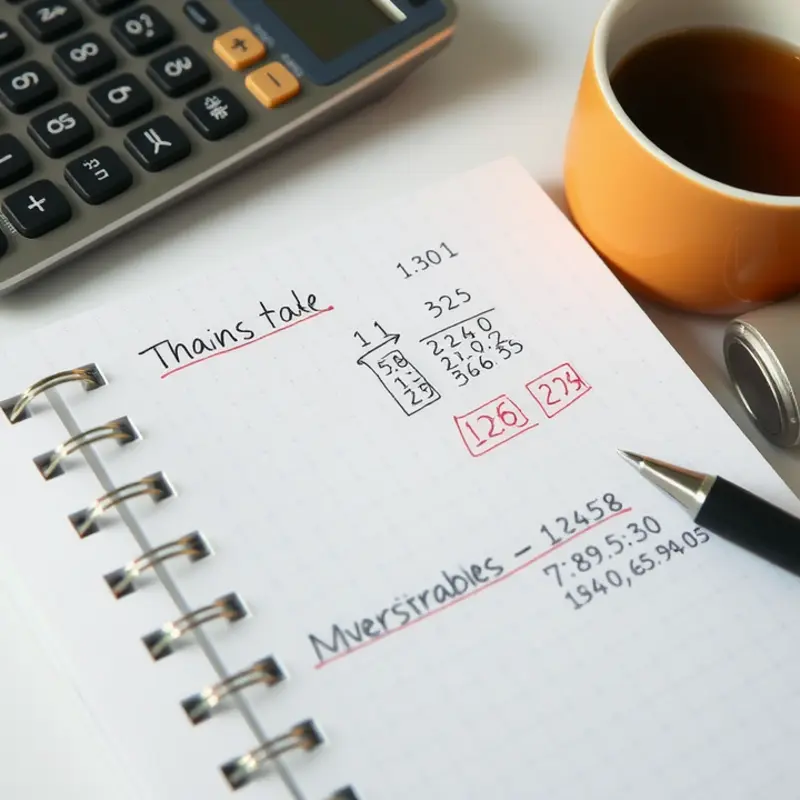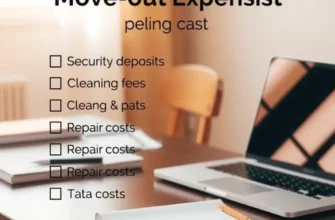Navigating the world of renting for the first time can be overwhelming, especially when it comes to understanding the ins and outs of lease agreements, including prorated rent. Prorated rent is a term often used by landlords and property managers, but many first-time renters, students, and families might not fully grasp its implications. If you’re starting a new lease midway through a month or looking to break a lease, it’s crucial to know how prorated rent works and what it means for your budget. By gaining clarity on this subject, you can make more informed decisions that align with your financial goals and housing aspirations. As a young professional, a student, or part of a family, mastering these details helps you invest your hard-earned money wisely while securing the right home. Let’s delve into everything you need to know about prorated rent, from calculating how much you owe to understanding the terms and conditions that may apply.
What is Prorated Rent and When Does It Apply?

Prorated rent is a financial concept that ensures fairness when you move into or out of an apartment mid-month. Instead of paying for a full month, you pay only for the days you occupy your rental. This adjustment can significantly ease the financial strain and bring clarity to your budgeting efforts.
To understand prorated rent, consider this relatable example: Imagine your lease begins on the 15th of the month. Typically, rent is calculated on a monthly basis, so you’d expect to pay for all 30 or 31 days. However, with prorated rent, you’re charged only for the 15 days you occupy the space during that month. If the monthly rent is $1,500, your landlord would calculate a daily rate by dividing $1,500 by 30, equaling $50 per day. For 15 days, you’d pay $750.
Prorated rent applies in several scenarios, providing financial flexibility for tenants. It’s commonly used when leases don’t align with the first of the month, a common situation for renters who need to relocate quickly or those ending a current lease. It also applies when you need to extend your stay by a few days at the end of a lease without committing to an entire month.
One critical aspect of prorated rent is its impact on budgeting. When managing monthly expenses, it’s pivotal to account for how much rent you’ll owe when moving in or out mid-month. Prorated rent can prevent unexpected financial burdens by aligning your rent payment with the actual time you inhabit a rental space.
Moreover, understanding prorated rent empowers tenants to negotiate lease terms more effectively. Should the landlord propose starting the lease mid-month, renters can request prorated arrangements to avoid unnecessary expenses. This negotiation becomes even more valuable in expensive leasing markets where every dollar counts.
In some cases, landlords may automatically apply prorated rent, especially if it encourages potential tenants to sign a lease. Always review the lease agreement to understand how these terms are addressed and don’t hesitate to ask for clarification.
For renters grappling with varied leasing options, consider exploring the differences between lease terms, such as those detailed in month-to-month lease pros and cons, to determine what fits your needs best.
In essence, prorated rent provides a fair and equitable solution for partial months, ensuring you only pay for the time you occupy your rental, thus avoiding unwelcome financial surprises and ensuring a smoother transition into new housing.
Calculating Your Prorated Rent: A Step-by-Step Guide

Understanding how to calculate prorated rent is crucial for managing your housing budget efficiently. Whether you are inching closer to moving in or planning an unexpected move-out, accurate calculation will ensure you are only charged for the actual days you occupy the unit. Here’s a step-by-step guide to assist you through this process.
To begin, you need three key pieces of information: the monthly rent price, the total number of days in the month, and the number of days you will reside or possess the rental. While this sounds straightforward, different lease situations can create some complexity.
First, determine the daily rent. This is calculated by dividing the monthly rent by the number of days in the month. For instance, if your rent is $1,500 a month and there are 30 days in that month, the daily rate is $50 ($1,500 divided by 30).
Let’s apply this to a common scenario: moving in mid-month. Suppose you move in on the 10th of a 30-day month. You would only pay for 21 days. Multiplying your daily rate by the number of days you’ll reside there gives your prorated rent: $50 multiplied by 21 equals $1,050.
Now, consider a different scenario with an irregular month, like February in a leap year, which has 29 days. Adapting our previous example, the daily rate with a $1,500 rent would be roughly $51.72 ($1,500 divided by 29). If you move in on February 10th, you pay for 20 days. Thus, $51.72 times 20 days results in a prorated rent of approximately $1,034.40.
If your lease includes utilities or amenities at a set monthly cost, prorating those costs might also be necessary. Discuss with your landlord which costs are fixed versus those calculated by usage.
Here are some vital tips for accuracy:
- Clarify month type: Not all months have the same number of days. Check your specific month!
- Get written confirmation: Any verbal agreements about rent calculations should be confirmed via email or written agreement.
- Verify inclusions: Understand what your rent covers—are utilities bundled or separate?
For those who break a lease early or start a new one late, understanding prorated rent is also crucial. Visit How to Break a Lease for more insights.
By mastering the skill of prorated rent calculation, you ensure fair financial dealings and respect towards your budget. With this knowledge, keep the communication lines open and ensure all agreements you enter reflect fair terms to both parties.
Final words
Understanding prorated rent is essential for managing your finances as a renter. By familiarizing yourself with how it functions and when it applies, you equip yourself with the knowledge to tackle any rental situation confidently. Remember, it’s not just about knowing how to calculate your rent; it’s about understanding how it impacts your budget and planning for the unexpected. With this clarity, you can move into your new home feeling empowered and prepared, knowing you made the right financial decision based on thorough understanding. Take this initial step towards smart renting—you’re already on your way to creating a beneficial rental experience!









